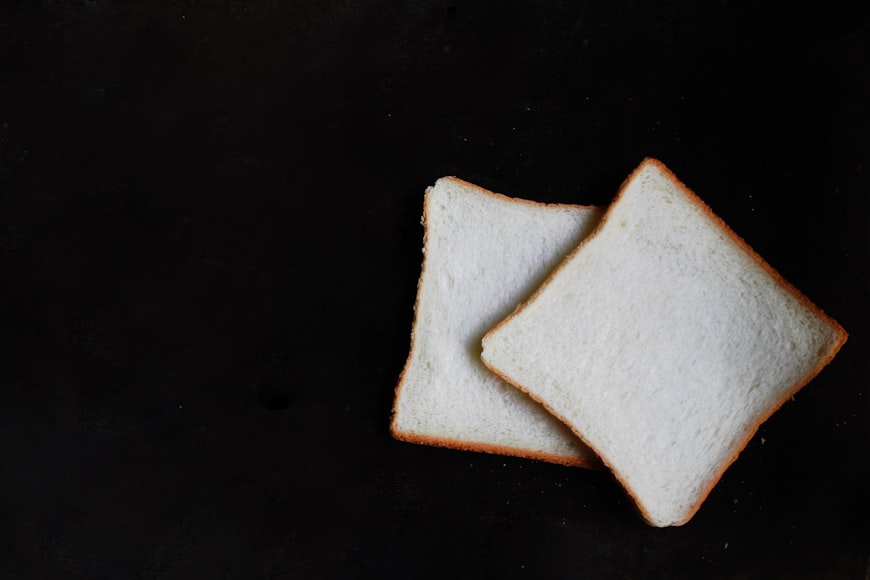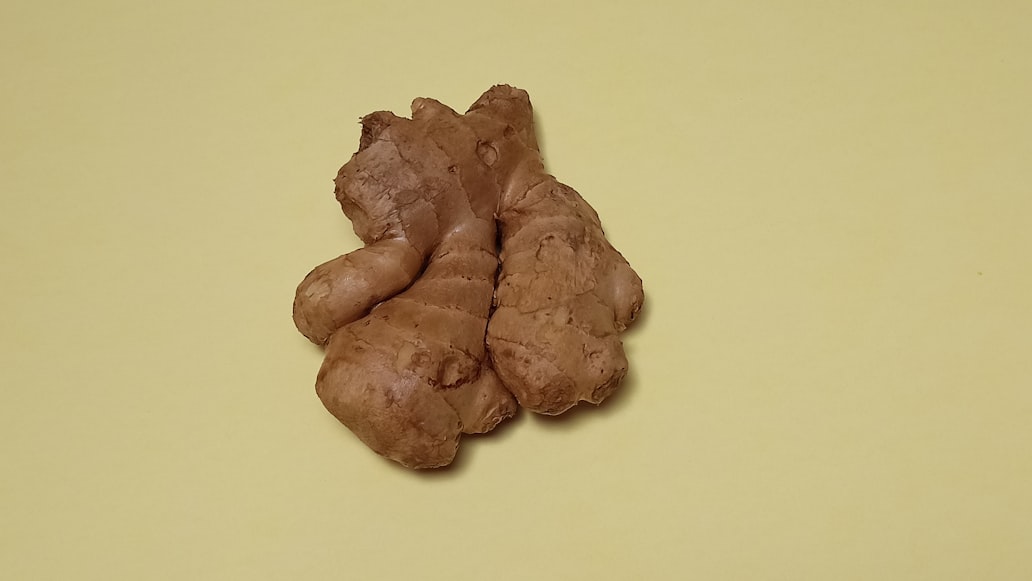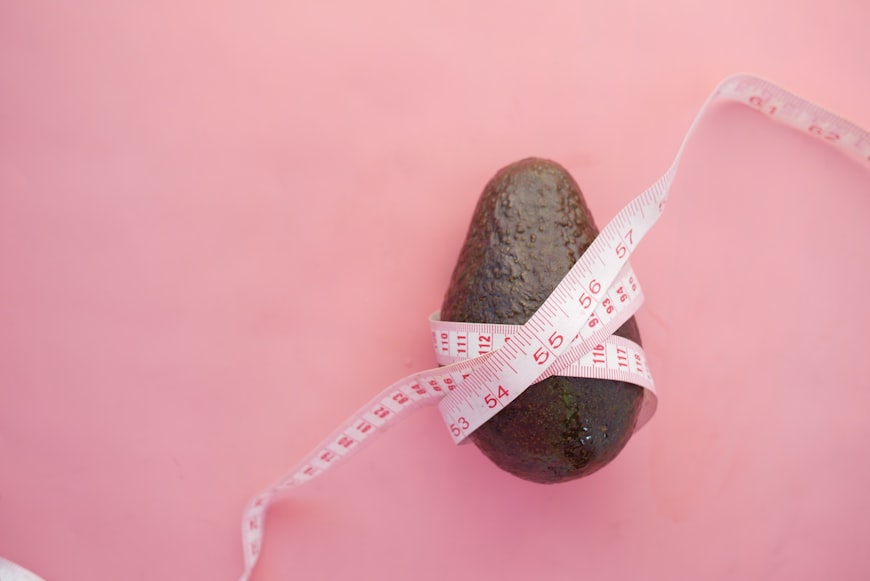I. Introduction
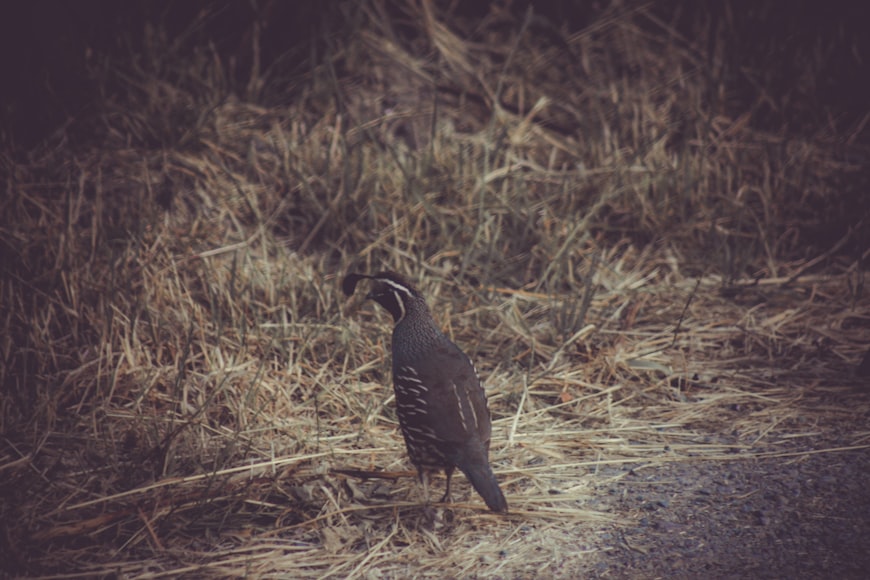
Quail: Enchanting Avian Companions
Quail, diminutive yet captivating birds, have long captivated aviculturists and nature enthusiasts alike. Their diminutive size, charming demeanor, and extraordinary reproductive abilities make them a beloved choice for both small-scale hobbyists and commercial producers.
Definition and Characteristics
Quail belong to the avian family Phasianidae, which also includes pheasants and partridges. They are characterized by their small size, typically ranging from 15 to 25 centimeters in length. Quail have short, plump bodies with rounded heads and short, slightly hooked beaks. Their plumage varies widely depending on the species, with some exhibiting intricate patterns and vibrant colors.
A. Distribution and Habitat
Quail are found throughout the Americas, Africa, and Asia, with over 130 known species. They inhabit a wide range of habitats, including grasslands, shrublands, forests, and even deserts. Some species, such as the California quail, are adapted to arid climates, while others, like the bobwhite quail, prefer moist and grassy areas.
B. Diet and Behavior
Quail are omnivorous, feeding on a variety of seeds, fruits, insects, and small invertebrates. They are ground-dwelling birds that spend most of their time foraging for food. Quail are social creatures that live in groups called coveys, which can range in size from a few individuals to several dozen. They communicate through a variety of vocalizations, including whistles, calls, and chatter.
C. Reproduction
Quail are prolific breeders, with some species laying up to 30 eggs per clutch. The eggs are typically incubated for a period of 18-24 days, and the chicks hatch fully feathered and able to feed themselves. Quail reach sexual maturity at a relatively young age, often as early as 6-8 weeks. This rapid reproductive cycle contributes to their popularity among poultry producers.
D. Domestication and Uses
Quail have been domesticated for centuries for a variety of purposes. They are primarily raised for their eggs, which are considered a delicacy due to their rich flavor and nutritional value. Quail eggs are also used in traditional medicine and cooking around the world. Additionally, quail are popular game birds for hunting and sport shooting. Their small size and challenging flight patterns provide an exciting chase for hunters.
E. Conservation
Some quail species are facing population declines due to habitat loss, hunting pressure, and competition from non-native species. Conservation efforts are underway to protect and restore quail populations in their native habitats. These efforts involve habitat management, predator control, and captive breeding programs.
Conclusion
Quail are fascinating and versatile birds that offer a multitude of benefits to both humans and the environment. Their small size, charming demeanor, and prolific breeding make them suitable for a variety of purposes, including egg production, hunting, and conservation. Understanding the characteristics, distribution, and ecology of quail is essential for their responsible care and stewardship.
II. Species and Breeds
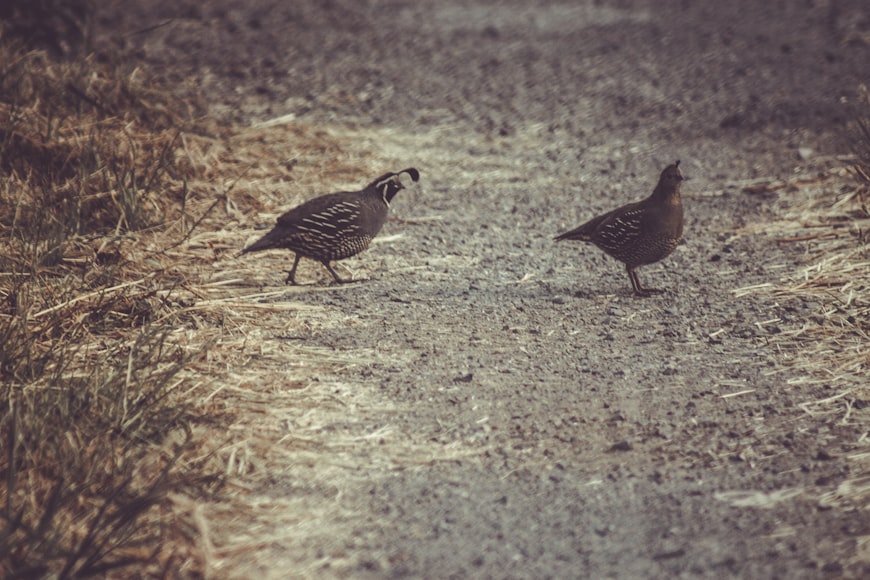
Quails, belonging to the family Phasianidae, are charming and captivating birds renowned for their distinctive chirping and elaborate courtship rituals. While the global quail population boasts over 150 species, this article focuses on the most prevalent species found in pet ownership and the intriguing breeds of domesticated quails.
Common Quail Species
1. Bobwhite Quail (Colinus virginianus)
Bobwhite quails, native to North America, are popular game birds known for their explosive “bobwhite” call. Their plumage is a striking blend of gray, brown, and white, with a distinctive white eye ring. They thrive in open grasslands, meadows, and farmlands.
2. Coturnix Quail (Coturnix coturnix)
Coturnix quails, originating in Europe and Asia, are the most commonly kept quail species for egg production. They are smaller than bobwhite quails, displaying a mottled brown and white plumage. Coturnix quails are known for their high egg-laying rate and docile nature.
Breeds of Domesticated Quails
1. Pharaoh Quail (Coturnix pharaonica)
Pharaoh quails, also known as button quails, are the smallest domesticated quail breed. Their petite size, colorful plumage, and gentle disposition make them popular pets. They are well-suited for indoor or outdoor enclosures.
2. Japanese Quail (Coturnix japonica)
Japanese quails, originally from Japan, are slightly larger than pharaoh quails. They come in a wide variety of colors and patterns, including brown, white, and golden. Japanese quails are known for their high egg production and adaptability to various environments.
3. Jumbo Coturnix Quail (Coturnix coturnix gigantea)
Jumbo coturnix quails, the largest breed of domesticated quails, have a robust physique and a weight of up to 550 grams. They are primarily bred for meat production and produce larger eggs than other quail breeds.
Differences Between Species and Breeds
While common quail species are primarily wild and kept for hunting or conservation purposes, domesticated quail breeds are selectively bred for specific traits such as egg production, meat quality, and appearance. Domesticated breeds are generally smaller, more docile, and better adapted to captivity than wild species.
Choosing the Right Breed for You
Selecting the right quail breed depends on the purpose of ownership. Bobwhite quails and coturnix quails are ideal for outdoor enclosures and game hunting. Pharaoh quails and Japanese quails are excellent choices for indoor or outdoor pet ownership and egg production. Jumbo coturnix quails are recommended for those interested in meat production.
Conclusion
Quail species and breeds offer a diverse range of options for pet enthusiasts, game bird hunters, and backyard egg producers. Whether you seek the captivating charm of wild quails or the practical benefits of domesticated breeds, a thorough understanding of their characteristics will guide you in finding the perfect companion or productive addition to your flock.
III. Behavior and Biology
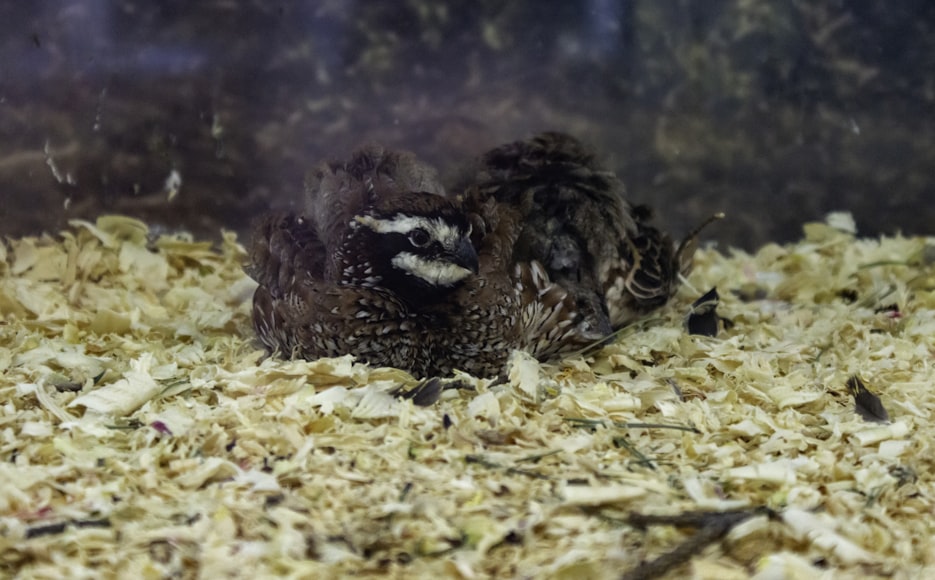
Social Structure
Quails are highly social birds that typically live in coveys of up to 100 individuals. Within the covey, there is a clear dominance hierarchy, with the dominant pair forming the nucleus of the group. The dominant hen leads the covey in feeding, roosting, and nesting, while the dominant cock protects the group from predators and intruders.
Nesting Habits
Quails are ground-nesting birds that prefer to nest in dense vegetation or under shrubs. The nest is typically a shallow scrape lined with grass, leaves, and feathers. The female lays a clutch of 6-12 eggs, which she incubates for 18-21 days. The chicks are precocial, meaning they can walk and feed themselves as soon as they hatch.
Diet and Feeding Patterns
Quails are omnivorous and their diet consists mainly of seeds, plants, and insects. They are opportunistic feeders and will consume a wide variety of food items, including fruits, berries, grasshoppers, worms, and snails. Quails typically feed during the morning and evening hours, and they will often hide their food for later consumption.
Unique Behaviors
In addition to their social and nesting habits, quails exhibit several other unique behaviors. For example:
- Dust bathing: Quails dust bathe to clean their feathers and remove parasites. They will dig a shallow hole in the ground, then roll around in the dust, spreading it over their bodies.
- Sunbathing: Quails sunbathe to warm their bodies and regulate their body temperature. They will stand in the sun for extended periods of time, with their wings spread wide.
- Calling: Quails communicate with each other through a variety of calls. The most common call is a short, whistled “bob-white” sound, which is used to keep the covey together.
- Flight: Quails are weak flyers and typically only fly for short distances to escape predators or reach new feeding areas.
Importance of Social Structure and Nesting Habits
The social structure and nesting habits of quails are essential for their survival. The covey provides protection from predators and helps to ensure that the young are raised successfully. The nest provides a safe and protected place for the eggs to incubate and for the chicks to grow.
Dietary Needs and Feeding Patterns
The varied diet and flexible feeding patterns of quails allow them to adapt to a wide range of habitats. Their ability to consume a variety of food items helps them to survive during periods of food scarcity. Their opportunistic feeding behavior also helps to keep pest insect populations under control.
Understanding the behavior and biology of quails is essential for successful quail management and conservation. By providing suitable habitat, protecting their nesting sites, and ensuring that their dietary needs are met, we can help to ensure the long-term survival of these fascinating and beautiful birds.
IV. Hunting and Conservation
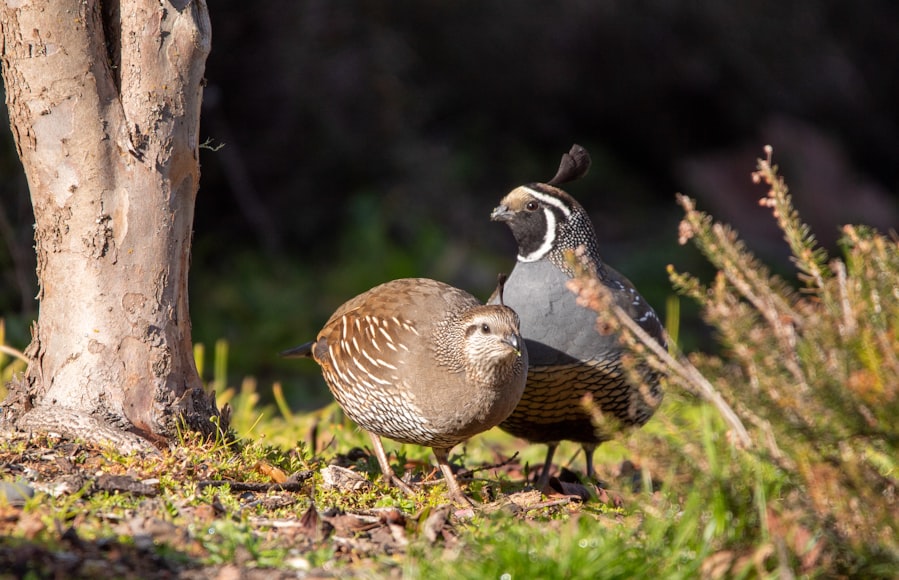
7. Quail Hunting Regulations and Methods
Responsible quail hunting plays a vital role in managing wild quail populations. Hunting regulations vary across jurisdictions, but generally include:
- Seasons and bag limits to prevent overharvesting.
- Restrictions on hunting methods, such as baiting and trapping.
- Requirements for hunters to obtain proper licenses and follow safety guidelines.
Common quail hunting methods include:
- Walking and shooting: Hunters walk through fields or cover, flushing and shooting quail.
- Wing shooting: Hunters position themselves at the edge of cover and shoot at quail that fly out.
- Field trials: Organized events where dogs are tested on their ability to locate and point or flush quail.
8. Conservation Efforts for Wild Quail Populations
Declining quail populations have raised concerns among conservationists and hunters alike. Habitat loss, agricultural practices, and climate change are significant threats to these birds. Conservation efforts aim to preserve and restore quail habitats and ensure their long-term survival.
Habitat Management:
- Preserve and enhance natural quail habitats by protecting grasslands, shrublands, and woodlands.
- Create nesting structures, such as brush piles or nest boxes, to increase nesting success.
- Manage vegetation to provide cover for nesting and foraging.
Agricultural Practices:
- Implement crop rotation to improve soil health and attract insects beneficial to quail.
- Leave fallow fields or create buffer strips to provide food and cover.
- Avoid using pesticides and herbicides that are harmful to quail and their insect prey.
Predator Control:
- Manage populations of predators such as coyotes, bobcats, and raptors that prey on quail.
- Use selective predator removal techniques to target problem individuals.
Research and Education:
- Conduct research to better understand quail biology and habitat requirements.
- Educate landowners, hunters, and the general public about the importance of quail conservation.
Population Monitoring:
- Monitor quail populations through surveys, road counts, and banding studies.
- Use this data to assess population trends and inform conservation decisions.
Partnerships and Collaboration:
- Form partnerships between landowners, conservation organizations, and government agencies.
- Work together to develop and implement comprehensive conservation plans.
By implementing these conservation measures, we can help ensure the survival of wild quail populations for future generations to enjoy.
V. Farming and Domestication
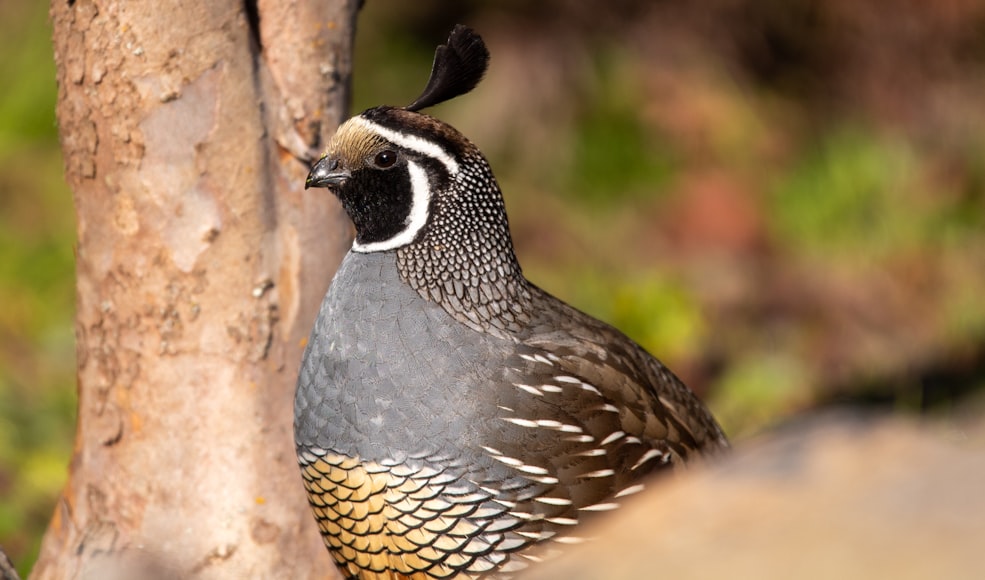
Quail farming involves the management of captive quail for the production of eggs, meat, and feathers. Successful quail farming relies on appropriate practices and equipment to ensure the well-being of the birds and optimize productivity.
Practices:
- Feeding: Quail require a balanced diet of small pellets or mash. Feeders should be accessible at all times.
- Watering: Fresh, clean water must be provided ad libitum in waterers specifically designed for quail.
- Housing: Quail can be housed in cages, pens, or aviaries. Enclosures should be well-ventilated and provide adequate space for movement and shelter.
- Temperature: Quail are sensitive to temperature fluctuations. Optimal temperatures range from 70 to 80 degrees Fahrenheit.
- Lighting: Quail require 16-18 hours of light per day to stimulate egg production. Artificial lighting can be used to extend daylight hours.
- Health management: Vaccination and regular health checks are essential to prevent diseases and maintain flock health.
Equipment:
- Cages: Wire cages are commonly used for quail housing, allowing for easy access and ventilation.
- Feeders: Hanging feeders or tray feeders specifically designed for quail can prevent feed wastage.
- Waterers: Nipple or cup waterers ensure a constant supply of fresh water.
- Heat lamps: Infrared lamps can provide supplementary heat in colder environments.
- Egg collectors: Automatic egg collectors gather eggs as they are laid, preventing breakage and maintaining egg quality.
10. Advantages and Challenges of Quail Farming
Advantages:
- High egg and meat production: Quail produce large amounts of eggs and meat relative to their size.
- Short production cycle: Quail mature quickly, allowing for rapid turnover and multiple breeding cycles per year.
- Low space requirements: Quail can be farmed in relatively small spaces compared to other poultry.
- Nutritional value: Quail eggs and meat are highly nutritious, rich in protein, vitamins, and minerals.
- Feather utilization: Quail feathers are prized by the fashion and craft industries.
Challenges:
- Disease susceptibility: Quail are susceptible to various diseases, requiring vigilant health management.
- Egg size: Quail eggs are smaller than chicken eggs, which can impact market value.
- Production costs: Quail farming requires specialized equipment and feed, which can increase production costs.
- Consumer demand: The demand for quail products varies regionally and may fluctuate.
- Predation: Quail can be vulnerable to predation by foxes, hawks, and rodents.
Despite these challenges, quail farming offers numerous benefits and can be a profitable enterprise with careful planning and management. By adhering to best practices and utilizing appropriate equipment, farmers can optimize the health and productivity of their quail flocks and reap the rewards of this growing industry.
VI. Nutrition and Health
Nutritional Value of Quail Meat and Eggs
Quail meat and eggs are packed with essential nutrients, providing a healthy addition to any diet.
-
Quail Meat:
- High in protein: Contains all essential amino acids, crucial for growth and repair.
- Low in fat: Primarily composed of monounsaturated and polyunsaturated fats, beneficial for heart health.
- Rich in iron: Essential for red blood cell production and oxygen transport.
- Good source of zinc: Supports immune function and cognitive development.
-
Quail Eggs:
- High in protein: Equivalent to a chicken egg with a higher nutrient density.
- Rich in vitamins A and E: Important antioxidants that protect against cell damage.
- Good source of omega-3 fatty acids: Beneficial for brain and heart health.
Health Benefits and Potential Allergens
Health Benefits:
- Immune system booster: Quail meat and eggs contain high levels of vitamins and minerals that support a healthy immune system.
- Weight management: The high protein content and low fat in quail meat promote satiety and aid in weight loss.
- Cardiovascular health: The monounsaturated and polyunsaturated fats in quail meat help lower cholesterol levels and reduce the risk of heart disease.
- Cognitive function: The omega-3 fatty acids in quail eggs support brain development and memory function.
- Bone health: Quail meat is a good source of calcium and phosphorus, essential for strong bones.
Potential Allergens:
- Quail eggs are uncommon allergens, but some individuals may be allergic to the egg white or yolk. Symptoms of an allergy may include hives, swelling, and difficulty breathing.
- Quail meat is generally not considered an allergen, but it is possible for some people to develop an allergy to the protein in quail meat.
Dietary Considerations:
- Serving size: A typical serving of quail meat is 3-4 ounces, while a single quail egg is approximately equal to a chicken egg.
- Cooking methods: Quail meat can be roasted, grilled, sautéed, or fried. Eggs can be cooked in various ways, such as fried, boiled, or scrambled.
- Frequency: Quail meat and eggs are recommended in moderation as part of a balanced diet. Overconsumption may lead to nutrient imbalances or dietary concerns.
In conclusion, quail meat and eggs are nutrient-rich foods that offer various health benefits. Their high protein content, low fat levels, and abundance of vitamins and minerals make them a valuable addition to a healthy diet. However, individuals with known allergies to eggs or other animal proteins should proceed with caution and consult a healthcare professional before consuming quail products.
VII. Culinary Uses
13. Quail as a Culinary Ingredient
Quail, with its delicate and flavorful meat, has been a culinary delight for centuries. Its compact size and short maturation period make it a versatile ingredient in a wide range of dishes. The meat is often described as having a slightly gamey flavor with a hint of sweetness.
14. Popular Quail Dishes and Preparation Methods
Roasted Quail
This is a classic quail preparation that brings out the bird’s natural flavors. Seasoned with herbs and spices, the quail are roasted in the oven until golden brown and tender. They can be served with a variety of sides, such as roasted vegetables or mashed potatoes.
Grilled Quail
Grilled quail is a quick and easy way to enjoy their smoky and charred flavors. Marinate the quail in a mixture of olive oil, herbs, and spices before grilling them over medium-high heat until cooked through. Serve with a lemon wedge and a dipping sauce.
Sautéed Quail
Sautéing quail in a skillet is another popular method of preparation. Dredge the quail in flour and sauté them in a mixture of butter and olive oil until golden brown on all sides. Finish with a sauce of your choice, such as a wine reduction or a mushroom cream sauce.
Quail Pie
Quail pie is a hearty and flavorful dish that combines the bird’s meat with vegetables and a flaky crust. Brown the quail pieces and sauté them with onions, carrots, and celery. Layer the ingredients in a pie dish and top with a pastry crust. Bake until the crust is golden brown and the filling is cooked through.
Quail Salad
Shredded quail meat can be used in salads for a unique and flavorful twist. Combine the meat with mixed greens, vegetables, and a light dressing for a refreshing and satisfying meal.
Quail Eggs
In addition to the meat, quail eggs are also highly prized as a culinary ingredient. They are smaller than chicken eggs and have a richer and more intense flavor. Quail eggs can be boiled, fried, poached, or pickled and used in a variety of appetizers, salads, and main courses.
Dietary Benefits
Quail meat is a good source of protein, iron, and vitamins. It is also relatively low in fat and calories, making it a healthy choice for those looking for a tasty yet nutritious option.
Tips for Cooking Quail
- Choose young quail for the most tender meat.
- Brine the quail in a saltwater solution for several hours before cooking to enhance flavor and moisture.
- Season the quail liberally with herbs and spices to enhance its natural flavors.
- Cook the quail until it reaches an internal temperature of 165°F for food safety.
- Allow the quail to rest for a few minutes before serving to allow the juices to redistribute.






